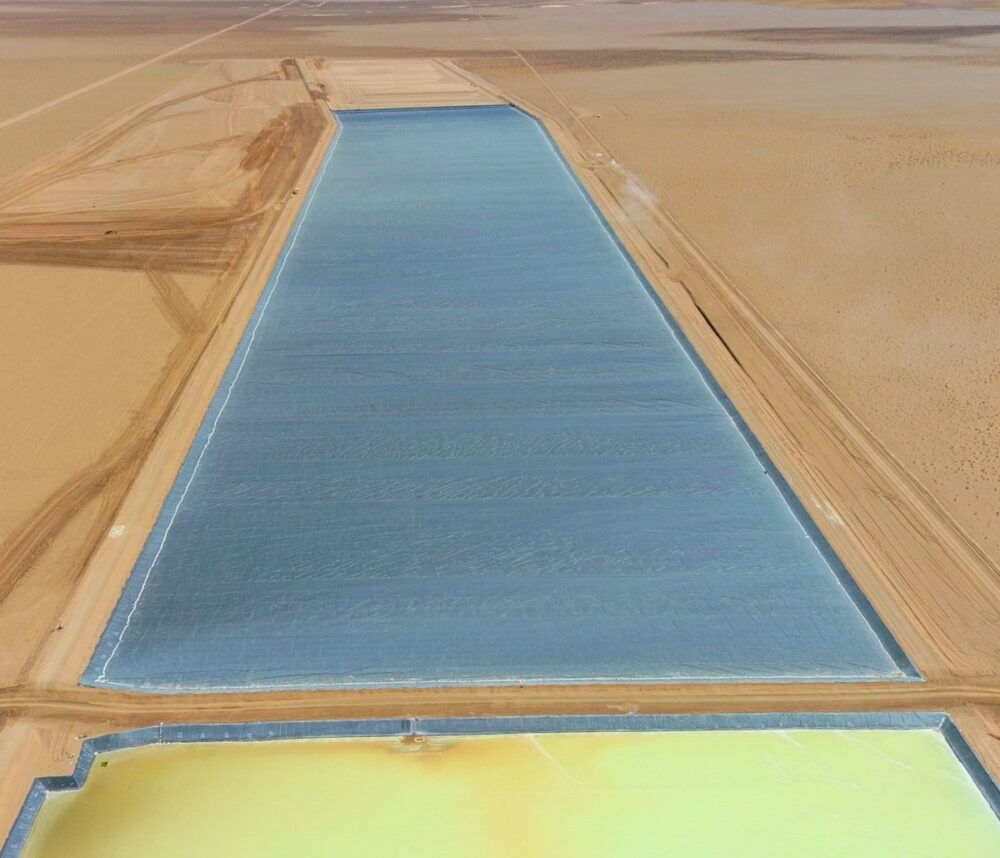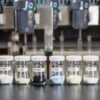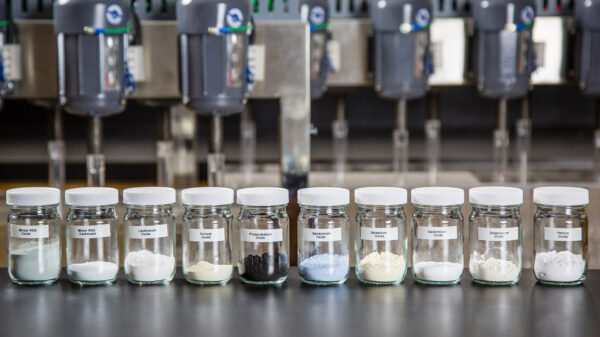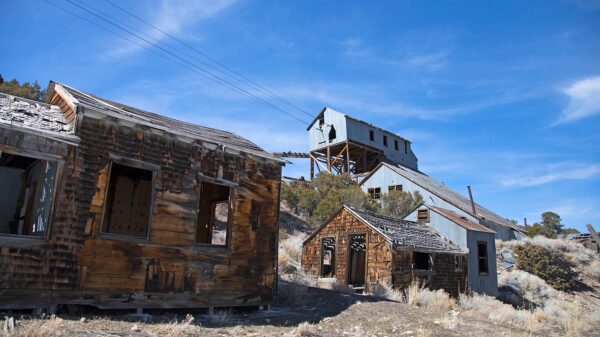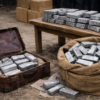Chinese lithium giant Ganfeng Lithium Group Co., Ltd. (SZSE: 002460) (SEHK: 1772) received a positive grade from internationally recognized environmental, social and governance (ESG) index provider, MSCI.
Ganfeng said on Tuesday that the improvement was due to its initiatives in corporate governance, carbon reduction and waste emission reduction.
Major global investment institutions widely follow and acknowledge MSCI indices as crucial ESG benchmarks in the global capital market, and they consider the rating results when making decisions. A higher ESG rating indicates robust management and standardized governance within a company.
The investigation directly preceding the grade indicated that Ganfeng supports the sustainable improvement of the entire lithium supply chain using a sustainable development organizational structure. The upward adjustment in the MSCI rating recognizes Ganfeng’s continuous progress in terms of ESG.
MSCI found that the company’s focus is equally on both producing green results and on greening its production processes.
In the production process, the company continuously increases the use of green energy sources like photovoltaics. It has also implemented measures such as zero wastewater discharge, dust reduction in storage, and denitrification technology to create an environmentally friendly production line.
In the operational phase, through photovoltaic and energy storage operations and by-product recycling, Ganfeng is developing a low-carbon and circular development model. The company has set energy and resource consumption targets for 2025, progressively optimizing the energy use structure, utilizing clean energy, and reducing carbon emissions.
In June of this year, the company made it to the Fortune China ESG Impact List and received the “Environmental Protection Innovation Case Award” in the inaugural Wall Street Horizons ESG Annual Innovation Experiment List.
Read more: Lithium South Development updates leadership roster, appoints new director
Cauchari-Olaroz operation displays ESG practices
Ganfeng Lithium’s Cauchari-Olaroz lithium project in Argentina is a strong example of the company’s positive ESG practices. The Cauchari-Olaroz project started operations on Monday.
Situated in Jujuy Province, Cauchari-Olaroz hosts a lithium resource totalling approximately 24.58 million tons of lithium carbonate equivalent (LCE). This establishes it as one of the world’s largest salt lake lithium extraction projects.
The project uses solar evaporation processes for lithium extraction. The energy for other processes comes from photovoltaic sources. The project also possesses unique geographical advantages that optimize the use of solar energy in the separation process.
It is situated on a plateau with high altitude with infrequent rainfall and long hours of sunshine at a low latitude. Additionally, the gentle plateau terrain makes it suitable for extensive salt pond installations.
Unlike spodumene, which requires high energy consumption processes like calcination during the extraction process, lithium salt lakes only rely on sunlight as their main energy source in the early stage. This reduces the consumption of fossil fuels and eliminates excessive carbon dioxide and other combustion products.
The project is also next to the CAUCHARI 300MW smart photovoltaic power station, which is the largest in South America.
The photovoltaic power station reduces carbon emissions by approximately 598,000 tons per year compared to thermal power generation. Solar energy and solar evaporation power the extraction of resources from the salt lake, maximizing the utilization of renewable resources in each extraction process.
Targets for the first two phases of the project are 40,000 tons of LCE and 20,000 tons respectively.
Regardless, none of that might matter if the political situation in Argentina changes next year.
Read more: Lithium South Development first production well installed at Hombre Muerto lithium project
Read more: Lithium South Development expands production goals, updates PEA on Hombre Muerto lithium project
President-elect looks elsewhere than China for support
Last month the country elected a libertarian economist named Javier Milei as president on a largely anti-China platform. He’s since had to walk that back to avoid alienating Chinese interests already operating in his country as a recession looms and foreign currency reserves evaporate.
Government data reveals that China is financing approximately a dozen ongoing infrastructure projects in Argentina. These projects include railways, solar farms, space stations and fertilizer facilities, and also mining investments like lithium.
Still Milei hasn’t stopped him from looking elsewhere for support.
He met with a top security aide to President Biden in late November and his economic advisers are scheduled to meet with senior U.S. finance officials to discuss the president-elect’s economic priorities.
This could bode well for companies operating in Argentina, such as South Korean-based POSCO Holdings (KRX: 005490) and Lithium South Development Corporation (TSXV: LIS) (OTCQB: LISMF) (Frankfurt: OGPQ), all of which stand to benefit from a libertarian-minded, pro-industry regime in Argentina.
Especially since China has a stranglehold over the lithium processing capacity market to the tune of 70 per cent control. Next year it’s going to get worse because the country is going to add in supply from its recent expansions in Africa.
According to the Institute for Energy Research, Chinese-controlled lithium mines are projected to increase their output to 705,000 tons by 2025. This represents nearly four times the amount produced in 2022 (194,000 tons). This increase will elevate China’s market share of this critical mineral to 32 per cent of the world’s supply. This is an increase from 24 percent the previous year.
It was enough to make President Joe Biden include provisions in the Inflation Reduction Act (IRA).
US government privileges domestic production
In typical fashion, the US government has privileged domestic production and manufacturing for lithium. These provisions provide tax breaks and other incentives for both resource and manufacturing for the lithium ion battery.
Except there isn’t much lithium in the United States—the US only has one working lithium mine and one presently under construction—leading it to include an addendum that the privileges can extend to ‘friendly’ countries. In this case, friendly is defined as countries that have signed free trade agreements.
Even such, the benefits of American largesse come with limitations.
.
Lithium South Development Corporation is a sponsor of Mugglehead news coverage
.
Follow Joseph Morton on Twitter
joseph@mugglehead.com

